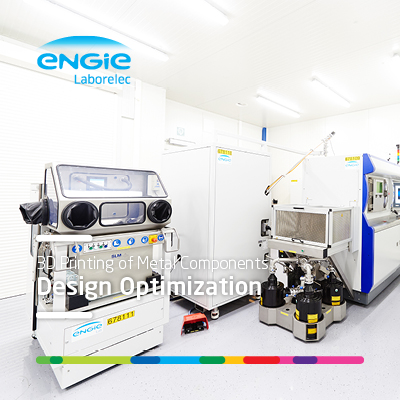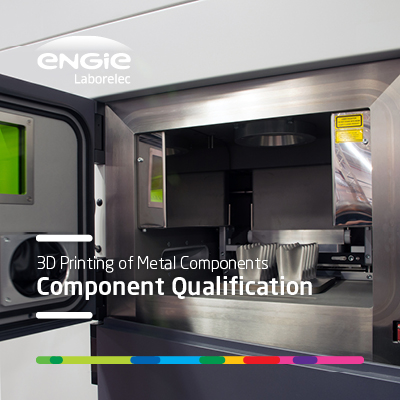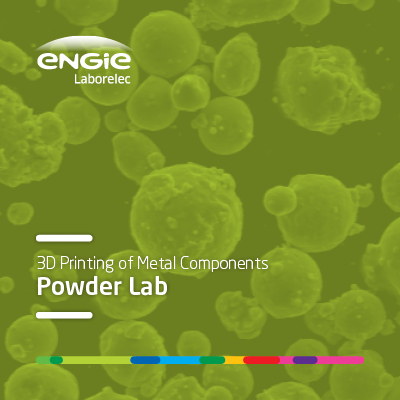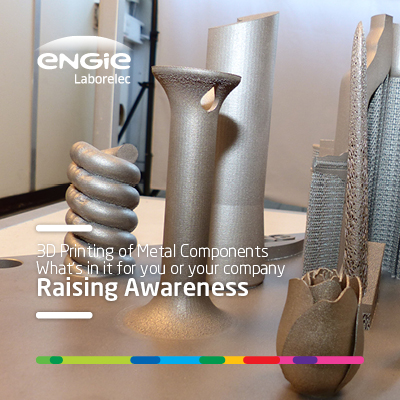3D printing, or additive manufacturing as it is more correctly known, is no longer just hype, in a surprisingly short time it has become an established technology. Today, 3D printing has even found success in some very demanding niche applications such as the production of high-end metal parts used in power plants, heavy industry, aerospace and the automotive sector. What’s more, Metal 3D Printing has reached a high level of maturity, which allows manufacturers to improve their products, accelerate product development, reduce manufacturing time and costs, produce individual replicas of obsolete parts at a reasonable cost, and cultivate innovation.
But how do manufacturers unleash all this great potential? Below, we outline the critical stages in the Metal 3D Printing process and discuss the attention points, challenges and best practices involved in making high-performance metal parts.
Outline of the process stages
Factors impacting quality and reliability
Engaging unparalleled design freedom
One of the major advantages of 3D printing is the outstanding flexibility it offers in terms of product design. While conventional metal part design needs to take into account the limitations and restrictions of processes and tools such as those for casting, machining and assembly, Metal 3D Printing allows manufacturers to freely design parts as needed. The impossible is possible.
Product shapes can be as complex as your imagination and products that formerly might have needed assembly from multiple parts can now be redesigned as a single integrated part.
It’s clear that this paves the way to spectacular innovation in product development. But, even in more down-to-earth applications, this unparalleled design freedom opens up a wide range of opportunities, for example to accelerate lead times and reduce manufacturing costs.
The following design parameters are especially useful for high-end metal parts:
- Weight reduction—The weight of the final product can be reduced by adapting the design or selecting an alternative alloy;
- Improving product performance—The design can be adapted to improve structural integrity, increase strength, enhance dimensional accuracy, optimize cooling channels, or for ease of maintenance.
- Integrate additional functionalities—The product can be redesigned to integrate functionalities such as…
Most manufacturers will call upon a specialist 3D Printing Lab to identify potential opportunities and develop optimized designs.
The core technology used in Metal 3D Printing is selective laser melting (also known as laser powder bed fusion), which involves the selective melting of thin layers of metal powder using a high-power laser.
Melting layer upon layer as defined by a 3D data model, the process even allows geometrically very complex shapes to be produced. But throughout the process there are numerous factors at play impacting the quality and reliability of the final product.
This is especially important for high-performance metal parts that are subject to very stringent standards and qualification requirements or are exposed to extreme operating conditions. Examples of such parts are turbine blades, high-end tools used in the nuclear and other industries, and obsolete but critical components of legacy industrial installations. The following aspects of 3D printing are of special relevance for such high-end components:
- Product design or redesign—Optimizing the design to meet qualification requirements, boost product performance, minimize product weight, accelerate lead times, and reduce manufacturing costs;
- Powder selection—Selecting the most appropriate powder batch and to handle it for best performance;
- Process optimization—Optimizing and controlling the production flow;
- Product acceptance—Making sure that the 3D printed parts comply with applicable standards and that they perform at least as well as their conventionally manufactured counterparts.
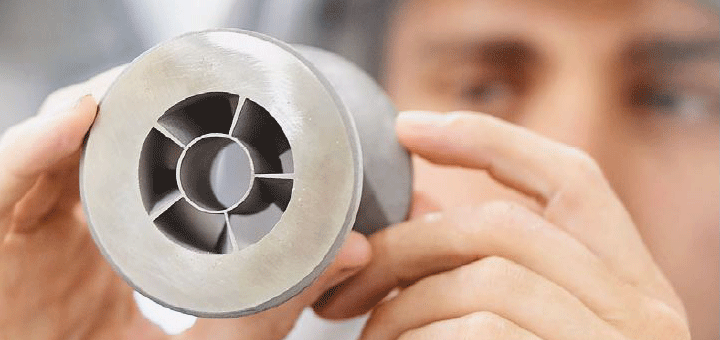
Selecting the most appropriate powder batch
The choice of powder used in the Metal 3D Printing process greatly impacts the quality, strength and structural integrity of the final product. But how do you assess the quality and reliability of a particular powder batch for use in a particular 3D printing project? While the specification set issued by the supplier may be a good start, it doesn’t provide the reassurance you need. The following powder quality aspects are of crucial importance when developing high-end metal parts:
- Particle size distribution and morphology;
- Chemical composition, purity and moisture content;
- Physical characteristics such as flowability, density, and spreadability;
- Full history of the powder shelf life and storage conditions.
These factors allow you to assess overall powder quality, evaluate whether the batch is fit for use in a particular production setting, and predict final component quality.
Specialist 3D Powder Labs conduct powder characterization programs, including testing according to ASTM and other standards.
Optimizing the manufacturing process
The manufacturing process also squarely impacts the quality of the final product. When manufacturing high-end metal parts, it is vitally important to develop a stable and reproducible manufacturing process that can deliver highly consistent products with very limited residual stress.
Specialist engineering teams provide advice on how to develop appropriate manufacturing processes, set up the best hardware configuration and fine-tune the related process parameters.
Assuring product quality
All of the above aspects contribute to achieving the desired quality. For high-end metal parts, compliance with stringent standards and requirements must be demonstrated through QAQC testing, which is mostly carried out by specialist QAQC labs. Two points need to be considered with respect to these tests:
- Tests during product development—A significant number of 3D printing projects apply an iterative approach to product development, involving step-by-step finetuning of the production process and intermediate QAQC testing to identify areas for improvement. For these kinds of projects, working closely with the QAQC lab to accelerate product development is recommended;
- High level of expertise required—Very specialized destructive and non-destructive QAQC testing may be needed to qualify high-end metal parts, meaning that a high level of expertise is required from the QAQC testing lab. Specific tests include determining resistance to creep and measuring residual stresses.
